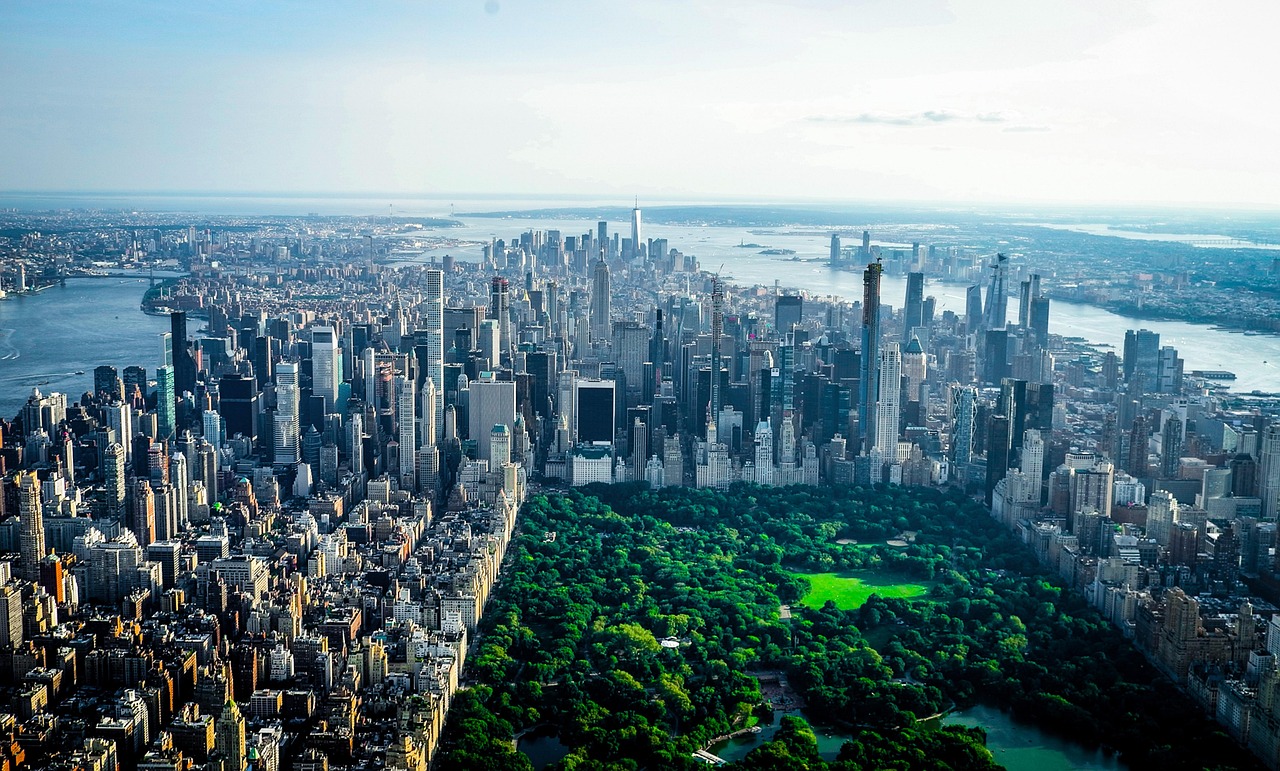Urban living can quickly become overwhelming. In these moments, access to nearby parks provides vital relief. Across the United States, some cities offer exceptional green spaces where residents and visitors can unwind in natural surroundings. These city parks stand out not only for their size but for their beauty, amenities, and cultural value.
Iconic Urban Parks
Central Park – New York City

Central Park is widely considered the most iconic urban park in the country. Located in Manhattan, it spans more than 800 acres and functions as a diverse network of landscapes, lakes, trails, and cultural spaces. This vast layout offers something for everyone, from quiet walking paths to open fields, gardens, and even a zoo. It remains a defining feature of the New York City experience.
Golden Gate Park – San Francisco

San Francisco’s Golden Gate Park stretches over 1,000 acres and includes a rich mix of natural and cultural features. Notable attractions include the De Young Museum, Strawberry Hill, the Japanese Tea Garden, and miles of scenic trails. It plays a central role in the city’s reputation for well-maintained public spaces.
Multifunctional Parks with Cultural Offerings
Washington Park – Portland
Known for its green lifestyle, Portland is home to Washington Park, one of the country’s most versatile urban parks. This expansive area includes a rose garden, a Japanese garden, an amphitheater, multiple museums, and a zoo. The historic Chiming Fountain adds charm to its already picturesque grounds.
Balboa Park – San Diego
Balboa Park in San Diego is home to the city’s famous zoo, but its offerings go far beyond that. This cultural and recreational park contains 15 museums, several performance venues, and numerous gardens. The park’s design blends architecture, art, and landscape to create an immersive public experience.
Lesser-Known but Remarkable Parks
Hagerstown City Park – Maryland
Though smaller in size, Hagerstown City Park in Maryland is notable for its serene layout and cultural assets. It features a man-made lake, walking paths, and the Washington County Museum of Fine Arts. The park’s scale makes it accessible while maintaining its elegance and community focus.
Prospect Park – Brooklyn
For those seeking a quieter alternative to Central Park, Prospect Park in Brooklyn offers expansive lawns, wooded trails, a zoo, and the Brooklyn Museum of Art. Designed by the same landscape architects behind Central Park, it mirrors many of its features while retaining its character.
Lakefront Parks with Expanding Landscapes
Grant Park – Chicago
Grant Park, often referred to as Chicago’s “front yard,” lies along the western shore of Lake Michigan. It includes the Buckingham Fountain, museum spaces, and a range of gardens and public plazas. In 2004, the park expanded further by transforming nearby lots and rail yards into usable green space, enhancing its reach and appeal.
